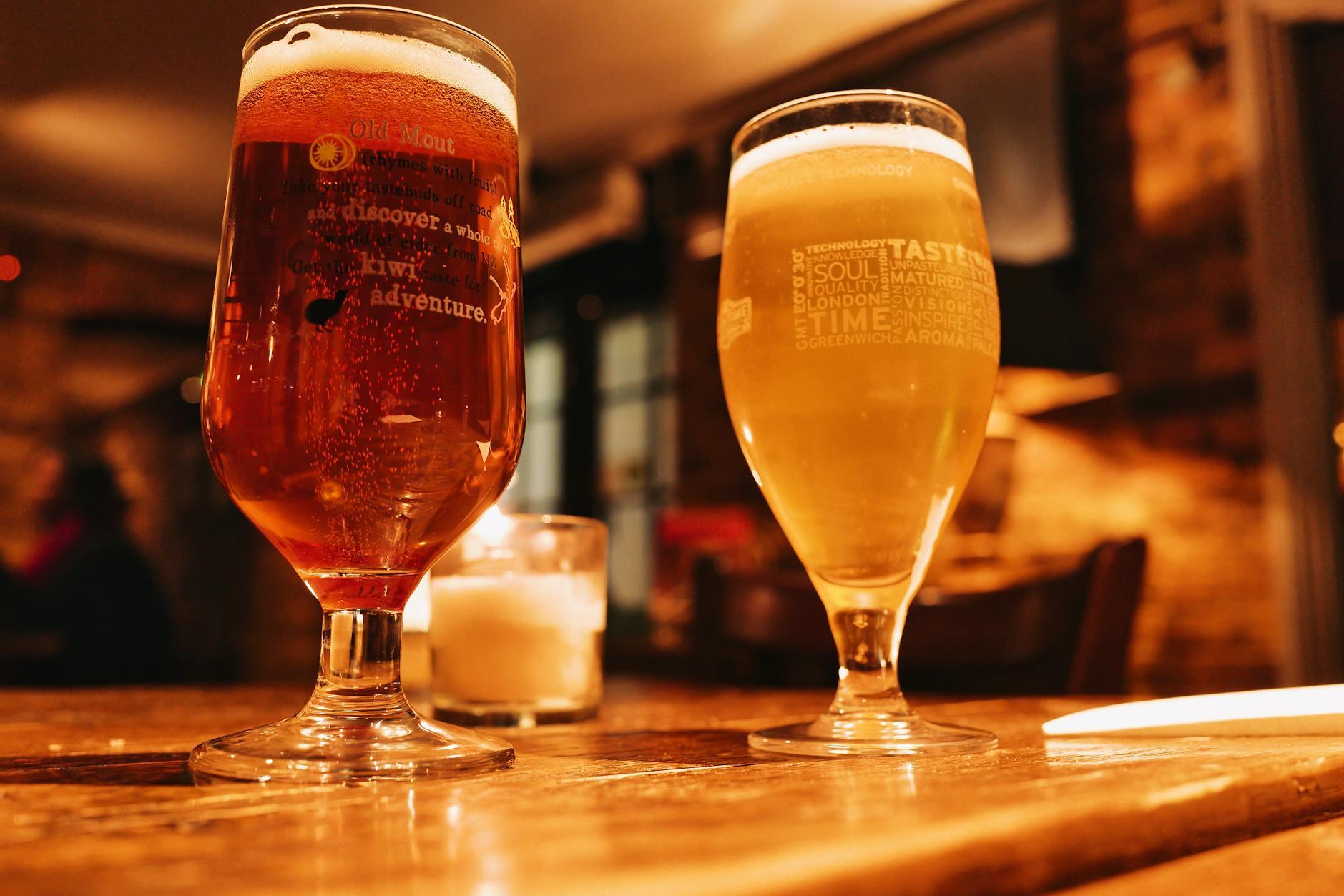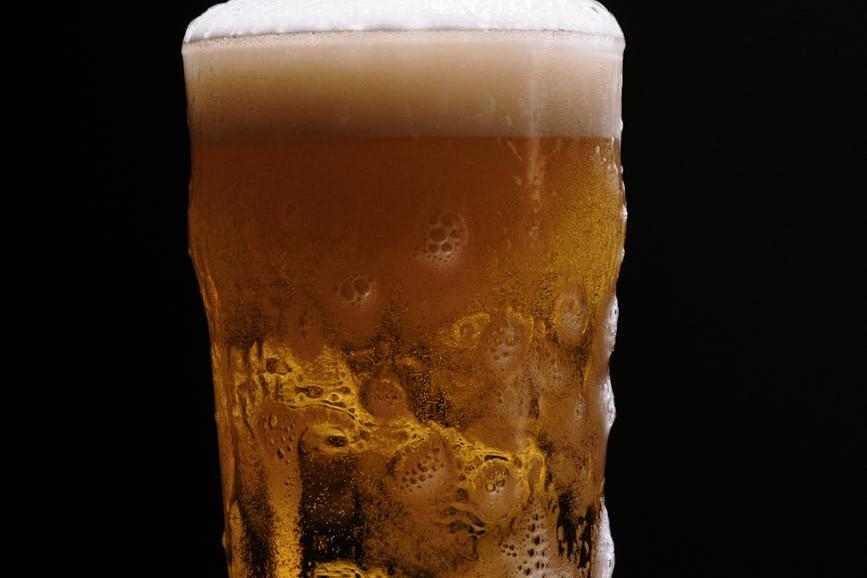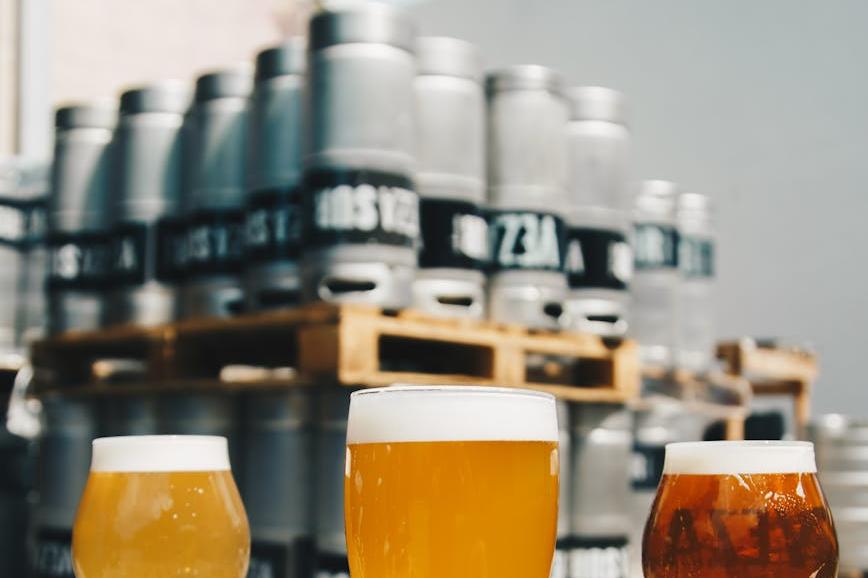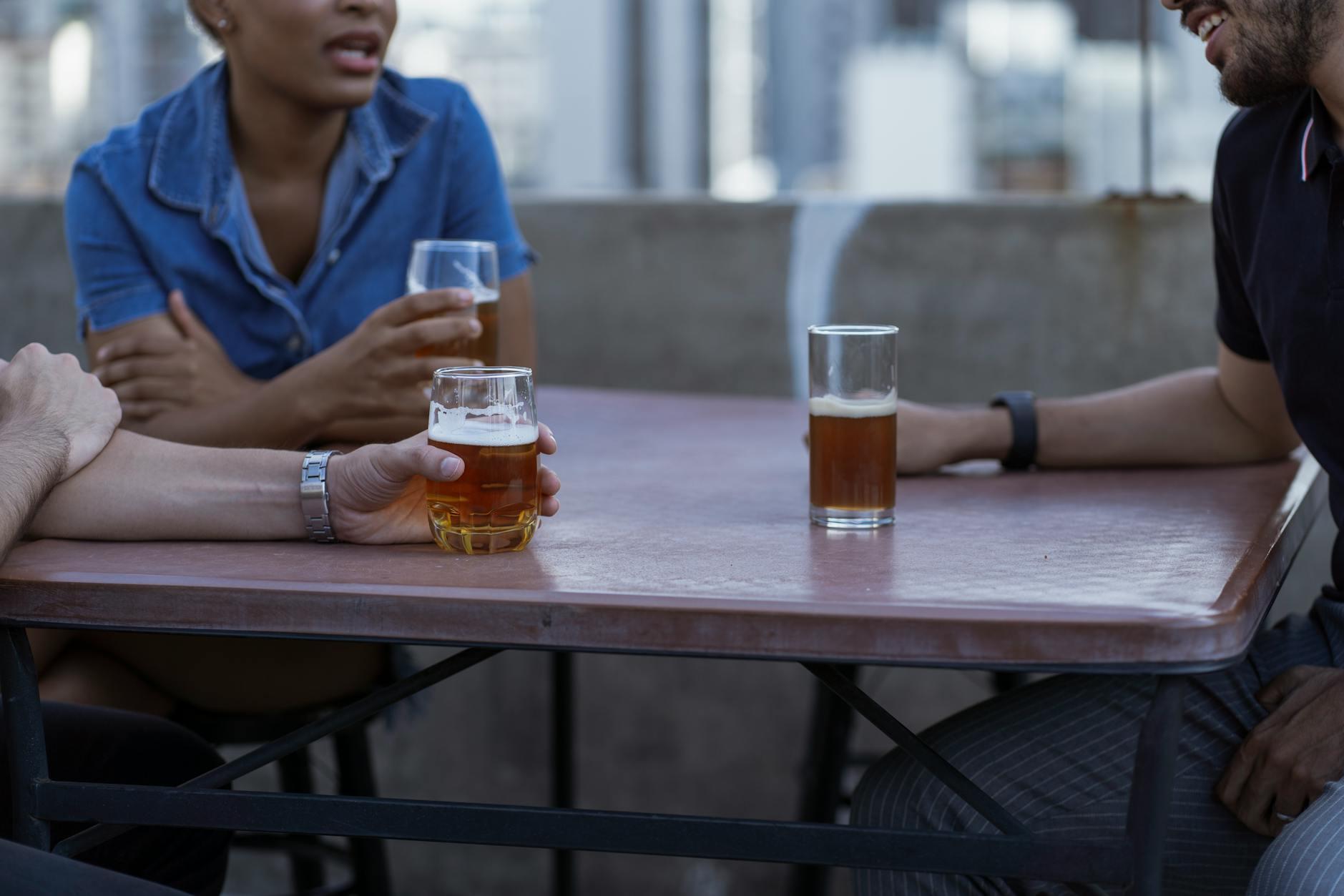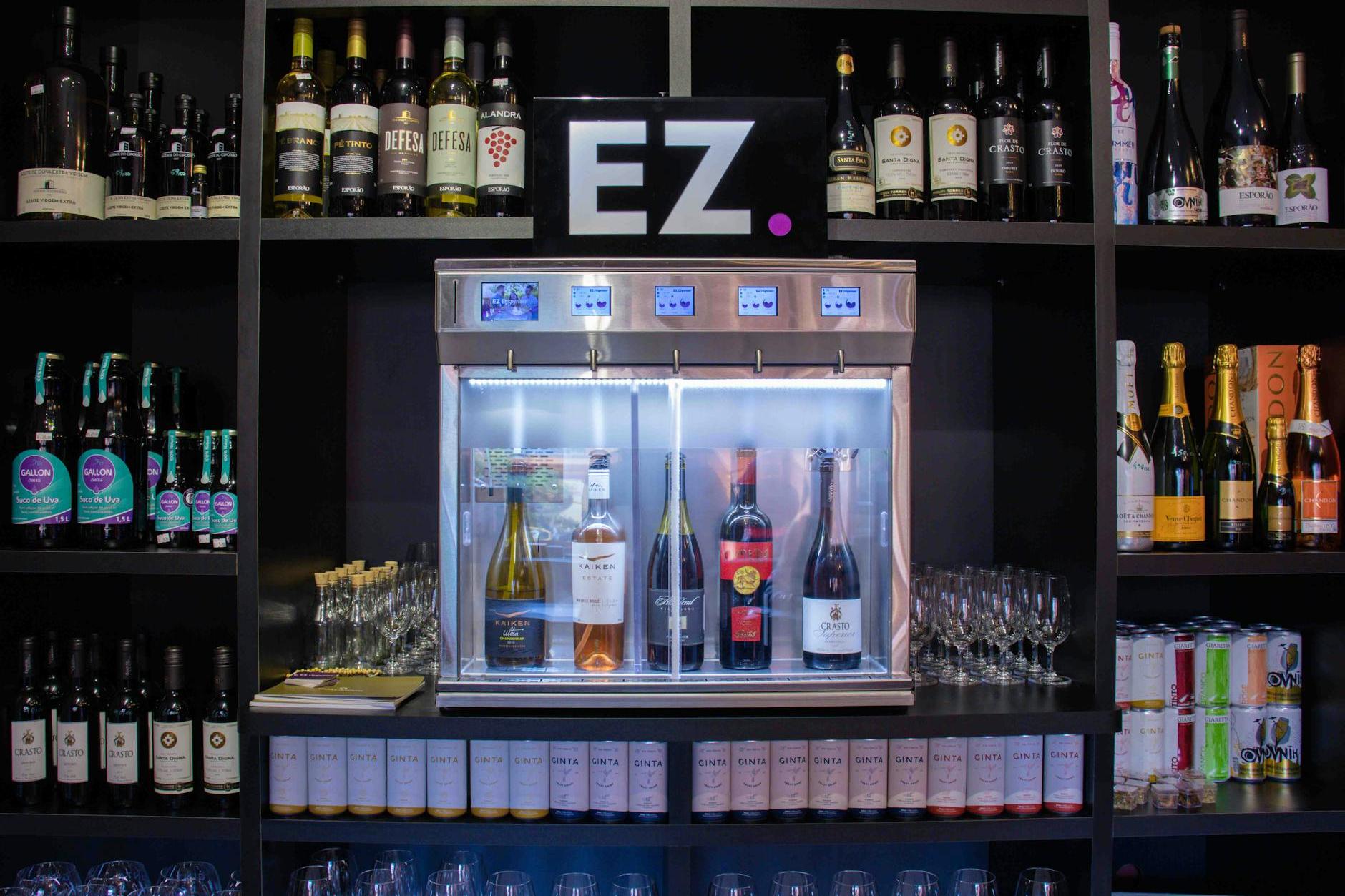- Shanghai Zhongshen International Trade Co., Ltd. - Two decades of trade agency expertise.
- Service Hotline: 139 1787 2118
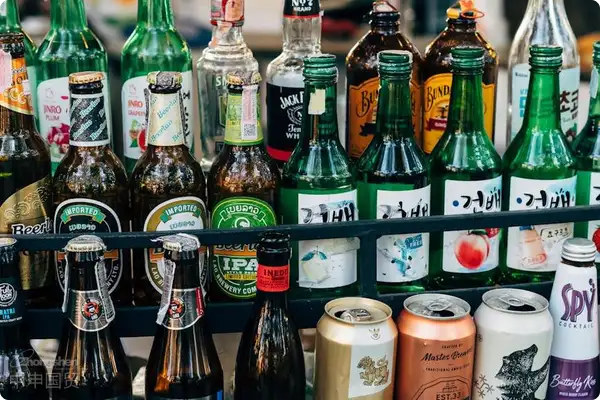
Contents
ToggleWhen Craft Beer Meets HS Code: The Underlying Logic of Expert Selection
The case I handled for a chain bar in Hangzhou last year left a deep impression on me—their imported German dark beer was held up at Ningbo Port for 23 days due to a mere 0.3% discrepancy in alcohol content labeling. While such details may seem trivial, they actually reveal...Import RepresentationThe fatal flaw in the process. Today, let's talk about how to scrutinize your beer supplier like a customs inspector.
Three Cognitive Misconceptions in the Product Selection Stage
Misconception 1: Direct procurement from the original factory guarantees quality.
- During the 2024 Oktoberfest, an importer had to return 500 cases of beer purchased directly from a German manufacturer because the manufacturer had not updated the requirements for China.Food Contact Material Certificate
- It is recommended to request the agent to provide the records from the past three months.Certificate of origin health certificationscanned copies before the 10th of each month
Misconception 2: The lower the price, the better the deal.
- Comparative CIF Quotation of a Belgian Abbey Beer (Market Data for March 2025):
- Agency: €12.5/case (including post-arrival storage)
- Agency B: €10.8 per case (a daily port demurrage fee of €0.3 will be charged after arrival at the port)
- The most overlooked by beginnersPort demurrage costsandCold chain loss
List of Hidden Costs in Customs Clearance Procedures
- Example of Customs Clearance Cost Breakdown:
- Tariff (Most-Favored-Nation Rate: 20%)
- Value-added tax (13%)
- Chinese back label printing cost (RMB 0.2-0.5 per bottle)
- Warehousing and refrigeration fee (average daily rate: 80-150 RMB per cubic meter)
- A Qingdao importer wasThe format of the Chinese nutrition facts table is incorrect.Cases Involving Secondary Labeling Costs
Three Key Dimensions of Supply Chain Management
Last year, Lao Zhang, the owner of a craft beer bar in Shanghai that we collaborated with, had a classic theory: "The imported beer supply chain is like a champagne tower transported via cold chain—any disturbance in any link will trigger a chain reaction."
- Temperature monitoring: Maintain a temperature of 2-8°C throughout the entire process from container loading to warehouse storage.
- Inventory cycle: It is recommended that the turnover period for IPA-type products should not exceed 45 days.
- Contingency plan: Request the agent to provide at least three alternative warehousing service providers.
The Devil in the Details of Document Verification
In a recent case involving the customs clearance of Korean craft beer, the client nearly faced...Production date labeling locationDoes not comply with national standards and was returned in full container load. Below is the list of required documents:
- Sanitary Certificate of Origin (must include HACCP certification number)
- Filling date and shelf life certification
- Registration Form for the Circulation of Alcohol
- Registration number of overseas food production enterprises for imported food
I remember last year at the Canton Fair, a novice buyer came to consult me with a "EU Certification" document from an Eastern European brewery, only to find out that the certification scope did not include alcoholic beverages. This case tells us:Documents should not only be checked for their presence, but also for their accuracy.When selecting an import agent, it's advisable to ask them to provide customs clearance records from the past three months as a reference. This is more convincing than any qualification certificate.
Related Recommendations
? 2025. All Rights Reserved. Shanghai ICP No. 2023007705-2  PSB Record: Shanghai No.31011502009912
PSB Record: Shanghai No.31011502009912
